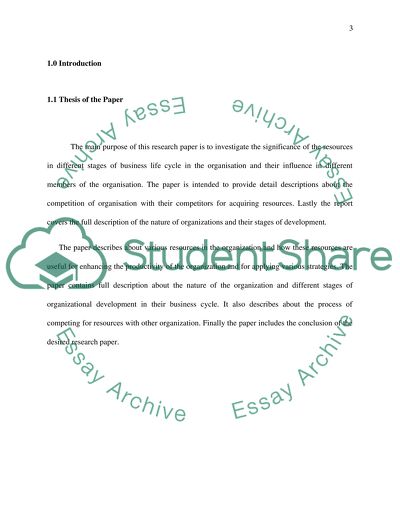Cite this document
(“Organizational Theory Research Paper Example | Topics and Well Written Essays - 2500 words”, n.d.)
Retrieved from https://studentshare.org/family-consumer-science/1405230-organizational-theory
Retrieved from https://studentshare.org/family-consumer-science/1405230-organizational-theory
(Organizational Theory Research Paper Example | Topics and Well Written Essays - 2500 Words)
https://studentshare.org/family-consumer-science/1405230-organizational-theory.
https://studentshare.org/family-consumer-science/1405230-organizational-theory.
“Organizational Theory Research Paper Example | Topics and Well Written Essays - 2500 Words”, n.d. https://studentshare.org/family-consumer-science/1405230-organizational-theory.


